PV optimization of self- consumption with the Watt Analytics IoT Hub
The Watt Analytics system with the Watt Analytics IoT Hub is an intelligent 360° complete solution for optimizing your photovoltaic system. By proactively controlling your devices or systems, you can use more of your own electricity from your PV system.
The special feature of the technology is that you do not need several apps and interfaces, as is the case with many conventional energy management systems. Starting from just one app, you can easily control all devices via the Watt Analytics mobile or web application.
In practice, the time of electricity use hardly coincides with the time of solar energy generation of your PV system. Surplus, self- produced solar electricity is sold to the grid operator at a very low price (usually between 0.1 cents and 0.3 cents per kWh), while expensive grid electricity has to be purchased when the PV system is not generating electricity or is generating too little solar electricity. You buy grid electricity at about three times the price. So why not consume more electricity when the PV system is generating electricity and save electricity at night or in bad weather?
The Watt Analytics software, which is based on machine learning, informs you when the best time is to draw your own electricity from the PV system. According to these recommendations, you can control your own consumption, reduce the consumption of expensive grid electricity and thus your electricity costs, and at the same time increase your energy independence.
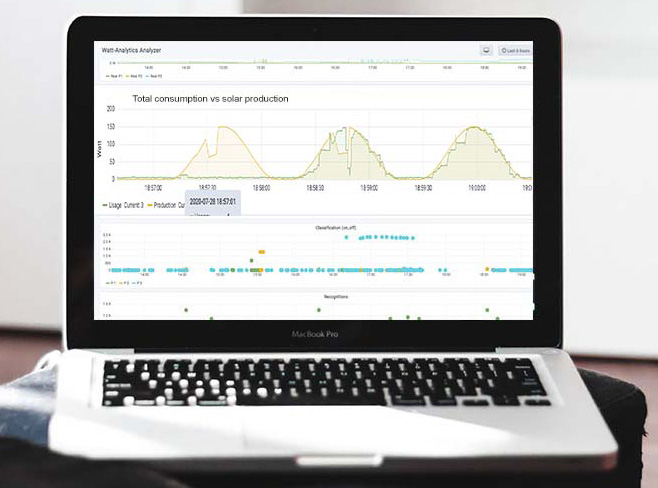
Increasing self- consumption with the combination of appliance control and PV electricity storage system
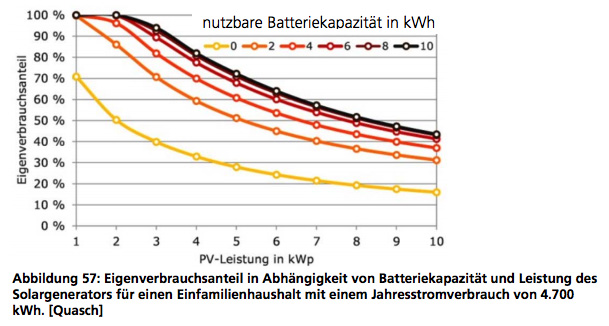
On average, the self-consumption share of a single-family household is between 25% and 30%. If you combine appliance control with the use of PV electricity storage, self- consumption can be significantly increased, typically doubled.
This is illustrated by the application example on this chart (source: Fraunhofer Institute, 2020). For a single-family house with an annual electricity consumption of 4,700 kWh and an average PV output of 5 kWp, the self-consumption share is 20% to 40% on average. With the use of PV electricity storage, the self-consumption share can be increased by 20% to 40%. In combination with the Watt Analytics device control system, you can achieve a share of 50% to 70%. The Watt Analytics system uses your consumption data and can provide you with information on which battery capacity will give you the best return on investment (ROI).
Typical areas of application for Watt Analytics PV optimization
Device Control:
Appliance control is done through the Watt Analytics IoT Hub connected to Plugs and Relays or with the integration of a smart home system, such as Loxone.
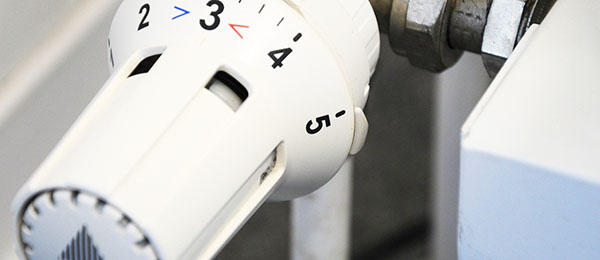
Control fully or semi-automated heating and cooling devices such as electric heaters, heat pumps or air conditioners so that these devices become active when PV power is available.

Dishwashers, tumble dryers or washing machines can be controlled to start a pre- programmed program when PV power is available.

Get fully automated control commands for your hot water tank. For example, it can be heated to 80 degrees with PV electricity, while the Watt Analytics system ensures that the temperature is maintained at least 60 degrees.

Let the Watt Analytics system automatically switch on your swimming pool heating or circulation pump when solar power is being produced or a minimum number of hours per day must be reached.
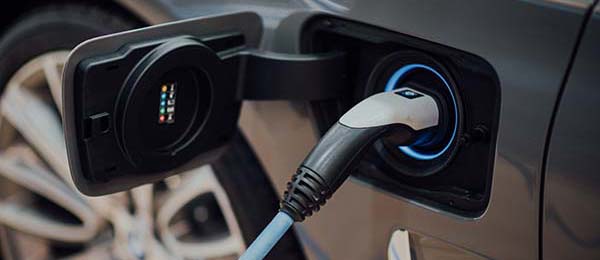
Charge your electric vehicle with surplus solar power just when the photovoltaic system is producing electricity.
Further areas of application:
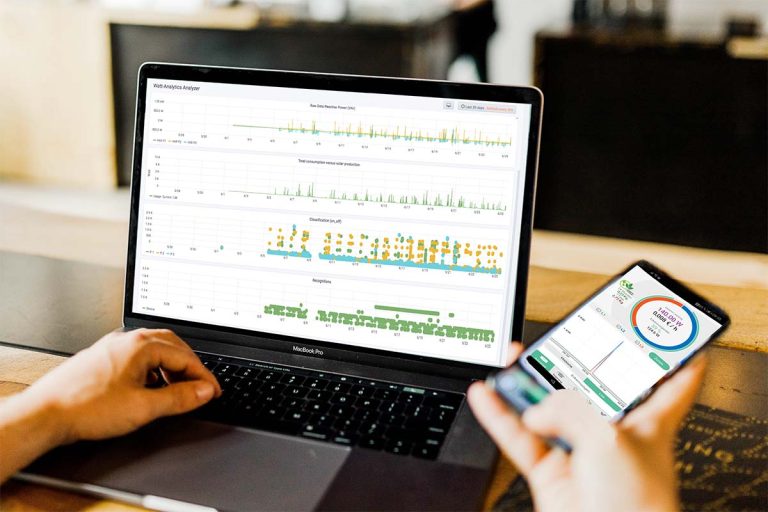
- Proactively control switching processes (switching devices on and off) via plugs & relays for remote control (e.g., remote control of the heating of the weekend house or second home).
- Find the right dimensioning of your PV system through real-time simulation.
- Determine the economically reasonable limit for the use of storage media (batteries).
- Control device access for child safety (e.g., for oven, cooker, heating, e-charging station, etc.).
The Watt Analytics technology and its components
The iWattMeter electricity meter, the Watt Analytics IoT Hub, analysis software and control relays and plugs are the components of the Watt Analytics energy management system for optimizing your photovoltaic system. The IoT Hub is the control computer and generates corresponding commands for device control. With the help of the Watt Analytics software, which is based on machine learning, the system can continuously learn and improve itself.
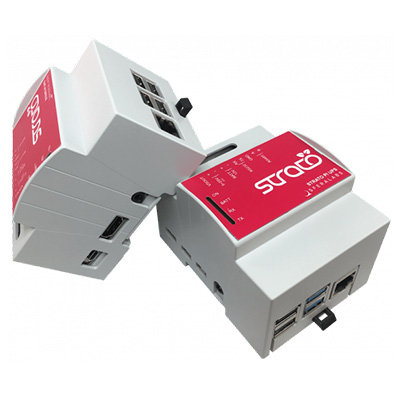
The Watt Analytics IoT Hub
- Model: Strato Pi Base 3B+
- Integration: LAN, WiFi, RS485
- Features: RasPi 3B+, 16 GB
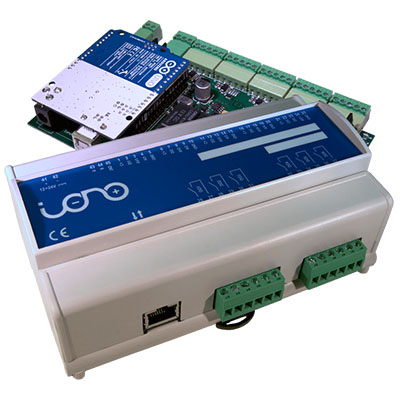
Iono Arduino Uno or Wi-Fi
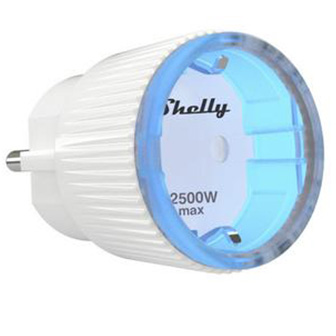
Shelly Plug S
Shelly Plug S is an intelligent and compact adapter plug and very easy to install. It can be used for consumers that are connected to a socket and switch power up to 10 amps. Integration takes place via Wi-Fi.
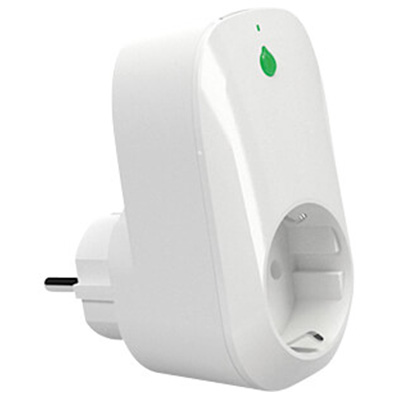
Shelly Plug
The Shelly Plug has basically the same functions as the Shelly Plug S and differs in the switchable power. This intelligent adapter plug is used for consumers that are connected to a socket and can switch power up to 16 amps.
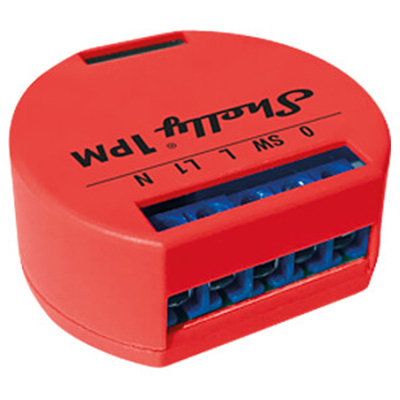
Shelly 1PM
The Shelly 1PM is used for consumers up to 16 amps that are connected to a wall socket. The design is so small that the Shelly 1PM can be installed in the socket. It can also be mounted in the fuse box, provided that a consumer has a direct supply line from the fuse box.
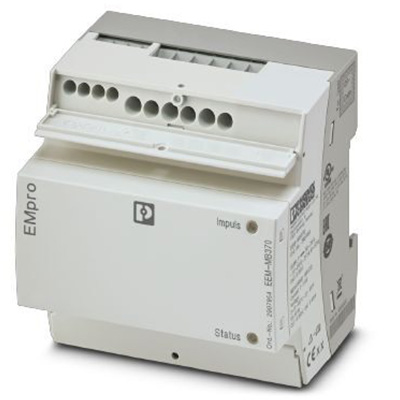
Phoenix EEM
- The Phoenix EEM is a high-resolution wattmeter for large loads. Unlike the iWattMeter, it offers a sampling rate of 10 Hertz and supports loads from 50 to 1500 amps and 690 volts. The Phoenix EEM connects to the IoT Hub via Ethernet.
- Model: EEM-MB370 -2907954 (TBC)
- Integration: LAN, ModBus/TCP
- Features: 10 Hz power measurement, 0,2% accuracy, 690V, 3 phases